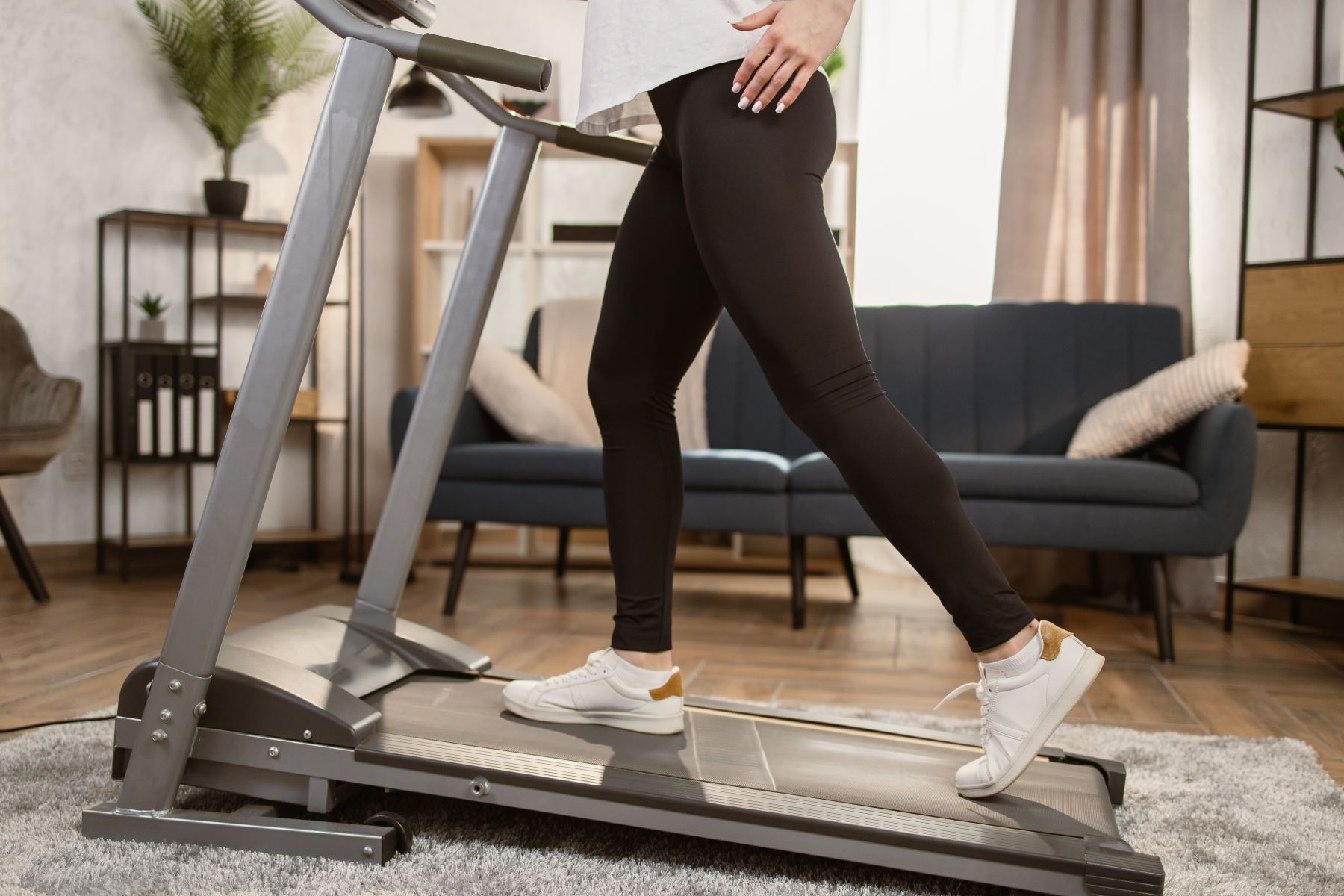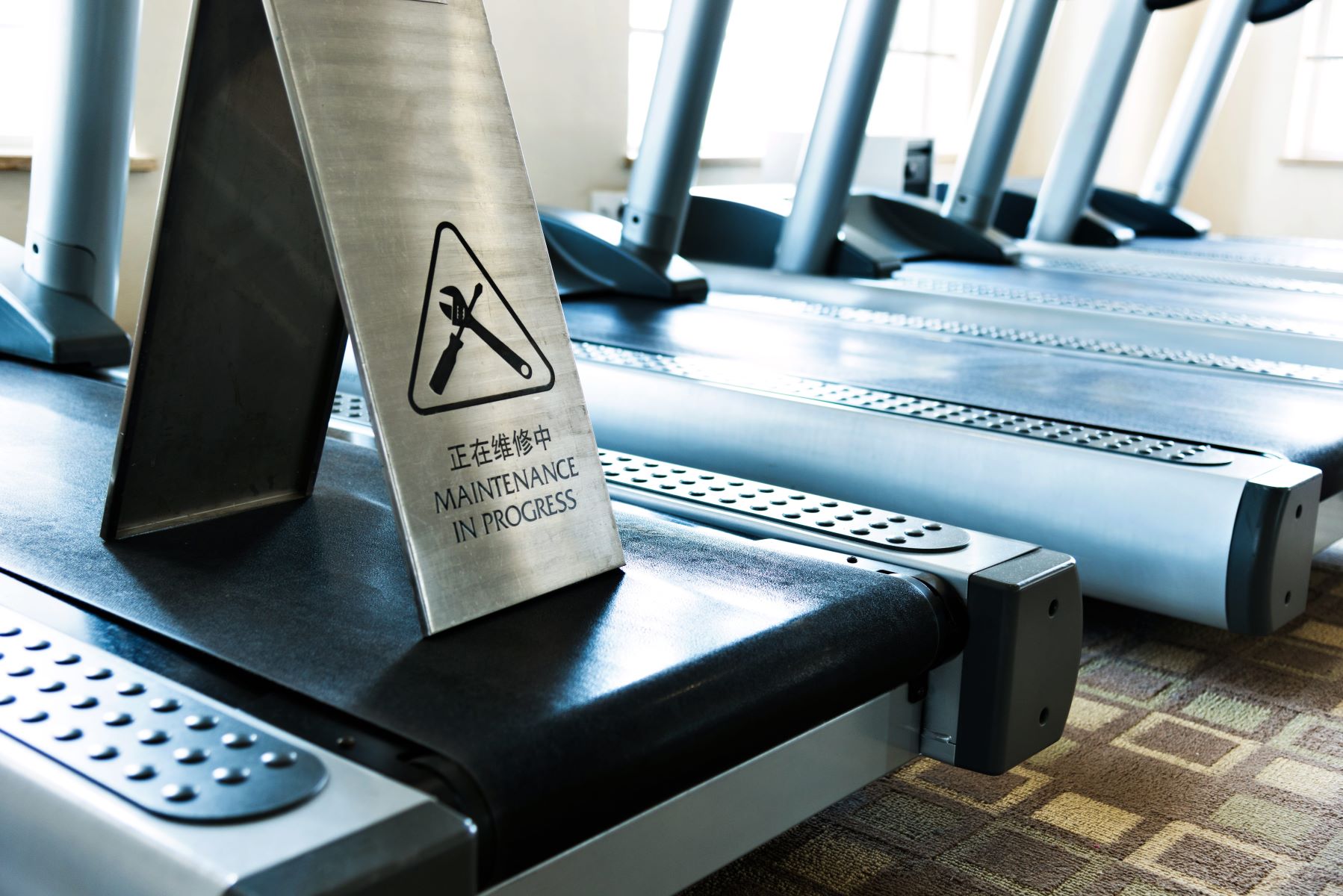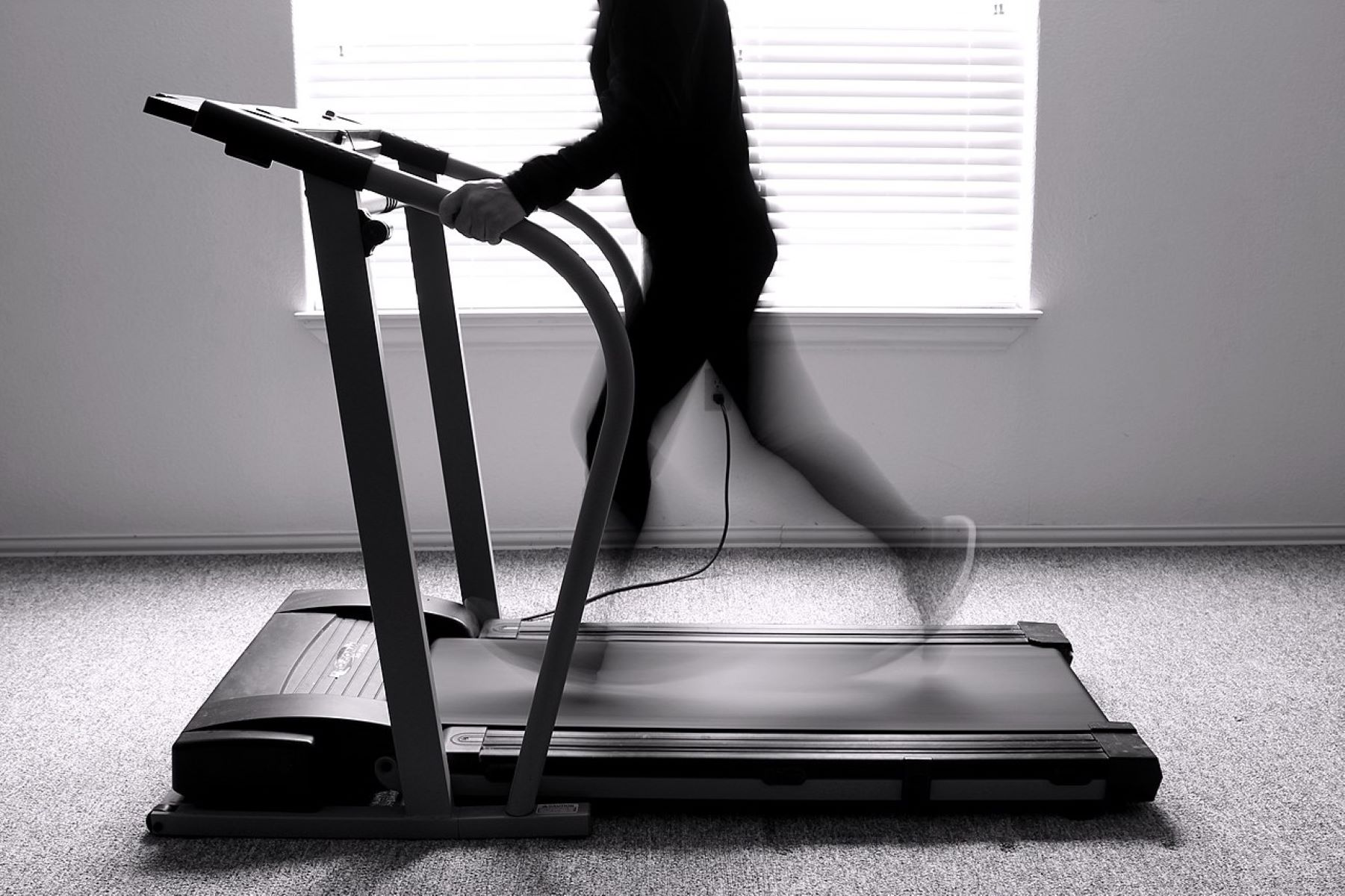

Featured
How Many Steps In 1 Hour On Treadmill
Modified: January 2, 2024
Find out how many steps you can take in just one hour on a treadmill. Discover the featured workout that will help you reach your fitness goals.
Introduction
Do you ever wonder just how many steps you take on a treadmill in one hour? Whether you’re a regular gym-goer or a fitness enthusiast, understanding the number of steps you take can give you valuable insight into your workout intensity and overall progress. The treadmill is a popular exercise machine that allows individuals to walk, jog, or run indoors, offering convenience and versatility. But how many steps can you expect to take in one hour on a treadmill?
The number of steps you take on a treadmill depends on various factors, such as your walking or running speed, stride length, and the duration of your workout. These factors play a crucial role in determining the overall effectiveness of your treadmill session and can influence the number of calories burned and muscles engaged.
In this article, we’ll explore the factors that affect the number of steps you take on a treadmill and provide tips on how to calculate the number of steps in one hour. Whether you’re aiming to increase your step count for weight loss or fitness goals, understanding the mechanics behind steps on a treadmill can help you achieve your desired results.
Understanding the Treadmill
Before diving into the details of measuring steps on a treadmill, it’s essential to have a solid understanding of how this exercise machine works. A treadmill is designed to simulate walking, jogging, or running indoors, providing a platform with a moving belt. This belt allows users to walk or run in place, providing a safe and controlled environment for cardiovascular workouts.
Treadmills typically come with various settings and features that allow individuals to customize their workout experience. These settings include speed controls, incline levels, and pre-set workout programs. Users can adjust the speed and incline to match their fitness level and goals, making it suitable for people of all fitness backgrounds.
One of the key benefits of using a treadmill is the ability to monitor and track your workout progress. Many treadmills come equipped with monitors that display metrics such as distance traveled, speed, time elapsed, and even heart rate. Tracking these metrics can help you stay motivated, set goals, and measure your progress over time.
Understanding the basics of a treadmill, including how to operate the controls and read the display, is crucial for accurately assessing your workout performance. By familiarizing yourself with the features and functionalities of a treadmill, you’ll be better equipped to calculate the number of steps taken during your workout.
Factors Affecting the Number of Steps on a Treadmill
The number of steps you take on a treadmill can vary based on several factors. Understanding these factors can give you insights into how to optimize your workout and increase your step count. Let’s explore the key factors that affect the number of steps taken on a treadmill:
- Walking or Running Speed: The speed at which you walk or run on a treadmill directly impacts the number of steps you take. As you increase your pace, you’ll naturally take more steps per minute, increasing your overall step count for a given duration.
- Stride Length: Your stride length, which is the distance covered with each step, also plays a crucial role in determining the number of steps. Typically, longer strides result in fewer steps, while shorter strides result in more steps.
- Incline Level: Treadmills often offer incline settings that simulate uphill or downhill conditions. Walking or running on an incline can increase the intensity of your workout and potentially decrease the number of steps taken, as your strides may become longer while climbing uphill.
- Duration of Workout: The amount of time you spend on the treadmill will naturally impact the number of steps you take. A longer workout session will result in a higher step count compared to a shorter session.
- Personal Fitness Level: Your personal fitness level, including your endurance and cardiovascular fitness, can impact the number of steps you take on a treadmill. As your fitness level improves, you may find that you can maintain a faster pace or increase the incline, leading to more steps.
It’s important to note that personal factors such as height, weight, and body composition can also affect the number of steps taken on a treadmill. These factors can influence stride length and energy expenditure, ultimately impacting the step count.
By being aware of these factors, you can make adjustments to your workout routine to increase your step count and optimize your treadmill sessions.
Calculating the Number of Steps in 1 Hour on a Treadmill
Now that we understand the factors that affect the number of steps taken on a treadmill, let’s delve into how we can calculate the number of steps in one hour. Although the exact calculation may vary depending on individual factors, we can use a general formula to estimate the step count:
Step Count = (Number of Steps per Minute) x (Number of Minutes)
To calculate the number of steps per minute, you can follow these steps:
- Begin by setting your desired walking or running speed on the treadmill.
- Start your workout and begin tracking the number of steps taken in one minute. Most treadmills have a built-in step counter or pedometer feature that can help with this.
- Repeat the process a few times to ensure accuracy, and then calculate the average number of steps taken per minute.
For example, let’s say you average 100 steps per minute during your treadmill workout. To calculate the number of steps in one hour, simply multiply this average by 60 (the number of minutes in an hour).
Step Count = 100 steps/minute x 60 minutes = 6,000 steps/hour
Keep in mind that this is a basic formula and the result may vary based on individual factors such as stride length and fitness level. Additionally, some treadmills may provide more accurate step count measurements through advanced tracking technology.
Using this calculation as a starting point, you can track your progress over time and aim to increase your step count as you become more comfortable and fit on the treadmill.
Tips for Increasing Steps on a Treadmill
If you’re looking to increase your step count on a treadmill, whether for fitness purposes or to challenge yourself, there are several strategies you can employ. Here are some tips to help you increase your steps while using a treadmill:
- Increase Speed: Gradually increase your walking or running speed on the treadmill. This will naturally lead to a higher step count as you take more steps per minute.
- Add Intervals: Incorporate intervals into your treadmill workout by alternating between periods of higher intensity and lower intensity. This can involve increasing the speed or adding incline for short bursts of time, followed by periods of recovery. Intervals not only increase your step count but also boost your overall cardiovascular fitness.
- Utilize Incline: Increase the incline on your treadmill to simulate uphill walking or running. This engages different muscles and can result in more steps per minute.
- Incorporate High Knee Lifts: By consciously lifting your knees higher, you can increase the number of steps taken per minute. This engages your hip flexors and quadriceps, giving your legs a more intense workout.
- Take Smaller Steps: Shorten your stride length slightly to take more steps per minute. However, be careful not to overdo it, as maintaining proper form and avoiding overstriding is important for injury prevention.
- Utilize Arm Movement: Swing your arms while walking or running on the treadmill. This helps engage your upper body muscles and increases calorie burn, effectively boosting your step count.
- Engage Core Muscles: Maintain good posture and activate your core muscles while on the treadmill. This will help improve your balance and stability, allowing for a more efficient stride and increased step count.
- Set Step Count Goals: Challenge yourself by setting step count goals for each treadmill workout. Start with a realistic target and gradually increase it over time. This will keep you motivated and focused on achieving higher step counts.
- Variety is Key: Switch up your treadmill workouts regularly to prevent monotony and challenge your muscles in different ways. Incorporate interval training, incline variations, and speed changes to keep your body and mind engaged.
Remember, increasing your step count on a treadmill is a gradual process. Start by incorporating one or two of these tips into your workouts and gradually build from there. It’s important to listen to your body, maintain proper form, and avoid overexertion.
By implementing these strategies, you can maximize your time on the treadmill and achieve your step count goals while enjoying a challenging and effective workout.
Conclusion
Understanding the number of steps taken on a treadmill can provide valuable insights into your workout intensity and progress. By considering factors such as walking or running speed, stride length, incline level, duration of the workout, and personal fitness level, you can estimate the number of steps you take in one hour on a treadmill.
Calculating steps on a treadmill can help you set goals, track your progress, and optimize your workouts. By increasing your step count, you can boost calorie burn, improve cardiovascular fitness, and challenge your muscles.
To increase your steps on a treadmill, incorporate strategies such as increasing speed, adding intervals, utilizing incline, engaging core muscles, using arm movement, and setting step count goals. By progressively challenging yourself and incorporating variety into your workouts, you can continuously improve your step count and overall fitness level.
Remember to listen to your body, maintain good form, and avoid overexertion. Gradually increase your step count and push yourself within your limits to prevent injuries and ensure long-term progress.
So, lace up your shoes, step onto the treadmill, and start counting those steps. With determination, consistency, and these tips in mind, you’ll be well on your way to achieving your fitness goals and reaping the benefits of a challenging treadmill workout.









